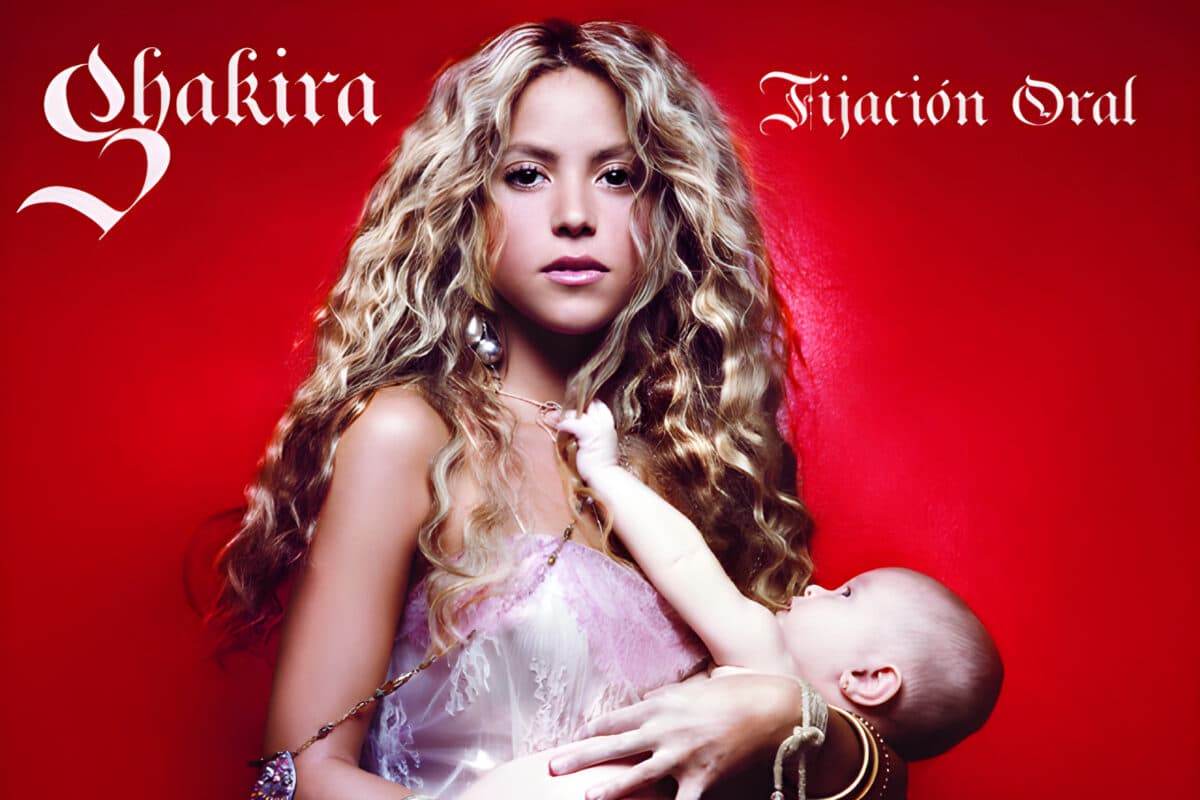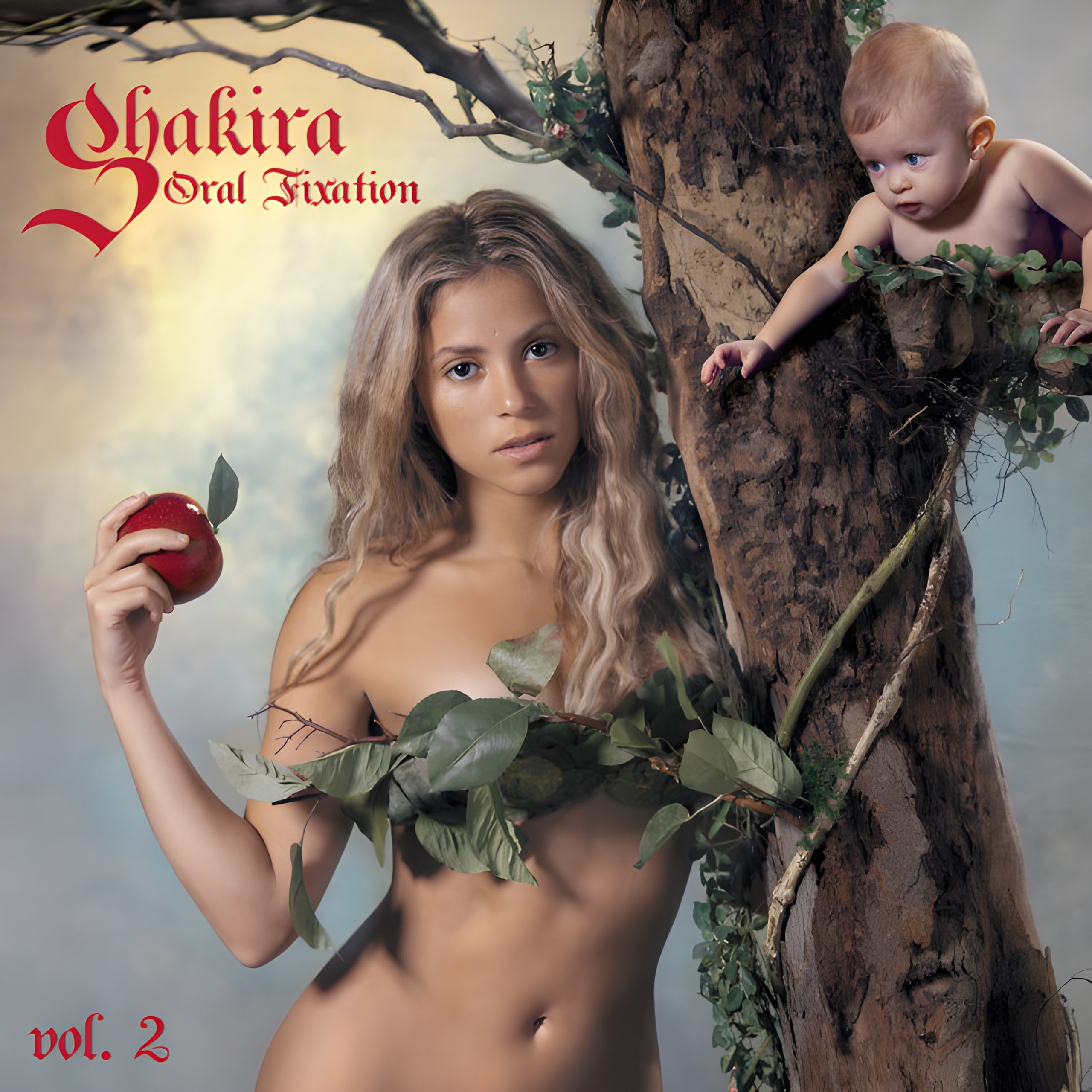Released: 2005
“Día de Enero” by Shakira is a love song at its core, weaving a narrative of meeting someone special in January and the journey of healing and love that follows. Shakira blends personal affection with poetic imagery, creating a heartfelt message that resonates with the warmth of newfound love and the promise of healing together.
The opening lines, “Te conocí un día de enero, Con la luna en mi nariz”, set the scene of their first encounter, highlighting the magical feeling of meeting someone significant. The “moon on my nose” is a playful way to describe the whimsy and charm of the moment, suggesting that love struck her unexpectedly and profoundly. Shakira’s mention of the sincerity she saw in her lover’s eyes, “Y como vi que eras sincero, En tus ojos me perdí”, emphasizes the immediate connection and trust that formed between them, drawing her deeper into the relationship.
The song then shifts to reflect on their journey together, likening them to “Eneas y Benitín”, referencing characters that symbolize adventure and companionship. The “varios rasguños” or “various scratches” are metaphors for the past hurts and challenges her partner has faced. Shakira positions herself as the healer, “Pero mi loco amor, Es tu mejor doctor”, promising to mend his wounded soul with her love, affirming that all pain will eventually subside, and happiness, symbolized by “el sol brillar” (the sun shining), is on the horizon for him because he deserves joy.
The chorus, “Ya vas a ver, Cómo van sanando poco a poco tus heridas”, reinforces the hopeful message that time and love will heal all wounds. The repetitive assurance that life itself will help sift out the excess salt in the sea, or the unnecessary pains in life, underlines Shakira’s belief in the healing power of time and love.
Shakira also touches on feelings of alienation, “Y aunque hayas sido un extranjero hasta en tu propio país”, perhaps suggesting her partner’s sense of not belonging or feeling out of place, even in familiar surroundings. This vulnerability brings them closer, as she celebrates their emotional connection, brought to life through shared tears at the sound of a bandoneón, a type of accordion associated with tango music—a nod to emotional depth and cultural roots.
The song wraps up with a comforting reassurance, repeating the chorus to remind her partner of the healing journey they are on together. The storytelling in “Día de Enero” is testament to Shakira’s skillful songwriting, blending romantic imagery, cultural references, and a deep understanding of love’s power to heal and transform lives.








